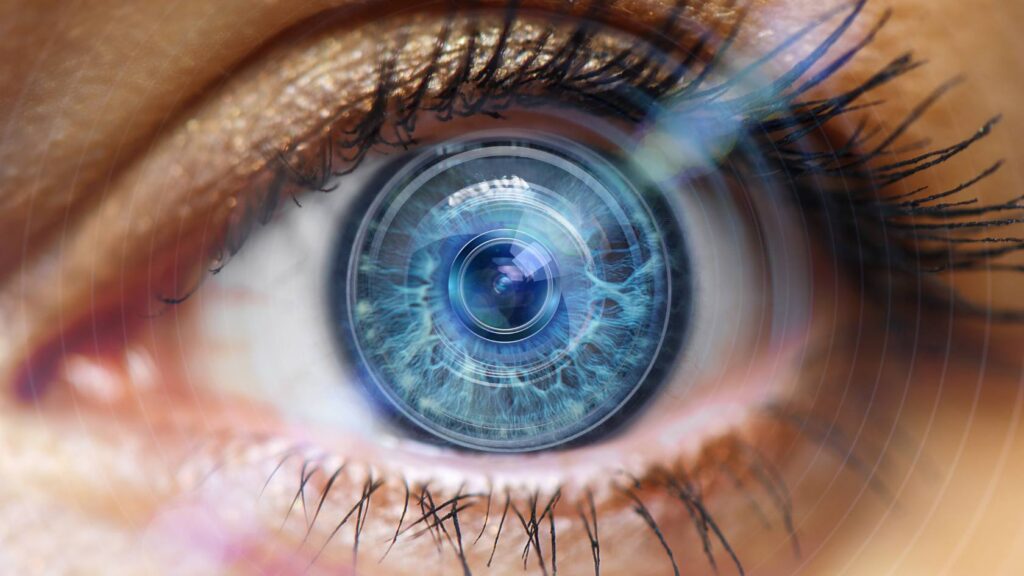Understanding the Power of Visualization
Visualization is a powerful technique that involves creating mental images to achieve specific goals or outcomes. It is a process of using your imagination to visualize scenarios, objects, or desired results in your mind’s eye. This technique is widely used in various fields for manifestation, goal-setting, problem-solving, and self-improvement.
Definition and Importance of Visualization
Visualization plays a crucial role in shaping our reality by influencing our thoughts, emotions, and actions. By vividly picturing your desired outcomes, you can program your subconscious mind to work towards manifesting those goals. Studies have shown that visualization can enhance motivation, improve focus, and boost confidence, leading to increased success and fulfillment.
Types of Visualization Techniques
There are several types of visualization techniques that individuals can utilize to enhance their mental imagery skills. From guided visualizations and creative visualization to mental rehearsal and future pacing, each technique offers a unique approach to harnessing the power of visualization. By exploring different methods, you can discover the most effective visualization technique that resonates with you.
- Guided Visualizations:These involve listening to a narrator who guides you through a series of mental images and scenarios. This technique is particularly effective for relaxation and stress reduction.
- Creative Visualization:This method involves imagining specific scenarios or outcomes in vivid detail. It is often used for goal-setting and manifestation.
- Mental Rehearsal:Commonly used by athletes and performers, this technique involves mentally practicing a task or performance to improve actual execution.
- Future Pacing:This involves visualizing yourself in future situations to prepare mentally and emotionally for upcoming events or challenges.
Each of these techniques can be tailored to individual needs and preferences, making them versatile tools for personal development. For instance, a study published in the Journal of Applied Sport Psychology found that athletes who used mental rehearsal improved their performance by up to 15%.
Applications of Visualization in Various Fields
Visualization finds applications in various fields, including sports, business, education, and personal development. Athletes often use visualization to mentally rehearse their performances and improve their skills. In business, visualizing success and envisioning goals can lead to increased productivity and innovation. Educators incorporate visualization techniques to enhance learning experiences and stimulate creativity among students.
- Sports:Athletes use visualization to mentally practice their skills, strategies, and performances. This mental practice can lead to improved physical performance and reduced anxiety.
- A study by The Sport Psychologistfound that athletes who used visualization techniques were 30% more likely to achieve their performance goals.
- Business:Visualization can help professionals set and achieve goals, improve focus, and foster innovation. By visualizing success, individuals can increase their motivation and productivity.
- According to a survey by Harvard Business Review, 76% of business leaders who used visualization techniques reported higher levels of innovation and problem-solving abilities.
- Education:Teachers use visualization to help students understand complex concepts and retain information. Visualization can also stimulate creativity and enhance problem-solving skills.
- Research published in Educational Psychology Reviewfound that students who used visualization techniques scored 20% higher on comprehension tests.
By incorporating visualization into these fields, individuals can harness the power of their imagination to achieve greater success and fulfillment.
Understanding Data Visualization Levels
Introduction to Different Levels of Visualization
Data visualization encompasses various levels of complexity, each serving a unique purpose in transforming raw data into actionable insights. Understanding these levels is crucial for effectively communicating complex information.
Exploring Low-Level, Mid-Level, and High-Level Visualization
- Low-level visualizationinvolves basic charts and graphs, offering a straightforward representation of data.
- Mid-level visualizationdelves deeper, incorporating interactive elements and multiple data sets for more detailed analysis.
- High-level visualizationgoes beyond traditional methods, utilizing advanced techniques like 3D modeling and virtual reality to present data in innovative ways.
Examples of Each Visualization Level in Practice
- Low-level visualizationmay include pie charts or bar graphs for simple data comparisons.
- Mid-level visualizationoften features interactive dashboards that allow users to manipulate data dynamically.
- High-level visualizationshowcases complex simulations or immersive visualizations that provide a deeper understanding of intricate datasets.
Diving Deeper into Niche Visualization Techniques
Exploring the World of Niche Visualization
While mainstream visualization methods like vision boards and guided imagery are widely known, there exists a fascinating realm of lesser-known visualization techniques that cater to specific needs and desires. These niche methods often involve unique approaches and specialized practices that can deeply resonate with individuals seeking unconventional paths to manifest their goals.
Unveiling Niche Visualization Applications
Case studies offer a glimpse into the diverse applications of niche visualization techniques across various domains. From using symbolic visualization techniques in creative industries to employing sensory visualization methods in sports psychology, these real-world examples demonstrate the versatility and effectiveness of niche visualization in achieving specific outcomes.
Benefits and Challenges of Niche Visualization
Implementing niche visualization techniques comes with its own set of advantages and obstacles. While these methods may provide targeted solutions and personalized experiences, they can also require a deeper understanding and commitment from practitioners. Navigating the complexities of niche visualization entails embracing the nuances of each technique and adapting them to individual preferences and circumstances.
Conclusion
In conclusion, visualization is a multifaceted tool that can significantly impact various aspects of life, from personal development to professional success. By understanding and utilizing different visualization levels and techniques, individuals can harness the power of their imagination to achieve their goals. Here are the main points covered in this article:
- Definition and Importance:Visualization shapes our reality by influencing thoughts, emotions, and actions.
- Types of Techniques:Various visualization techniques, such as guided visualizations and mental rehearsal, offer unique approaches to harnessing mental imagery.
- Applications in Fields:Visualization is used in sports, business, education, and personal development to enhance performance and creativity.
- Data Visualization Levels:Understanding low-level, mid-level, and high-level visualization helps in effectively communicating complex information.
- Niche Visualization Techniques:Exploring lesser-known visualization methods can provide targeted solutions and personalized experiences.
By embracing the power of visualization, you can unlock your potential and create a more fulfilling and successful life.
I am passionate about the fact that we can change our lives simply by changing the way we think. I can co-create my new reality using affirmations and visualizations and I invite you to change yours too. Try, you will succeed.







